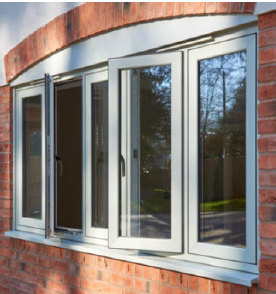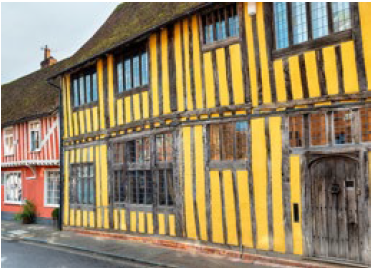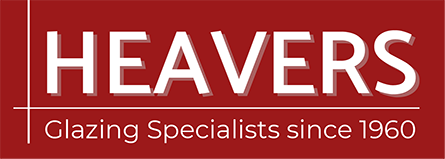INDUSTRY SCHEDULES & PRODUCTION NEWS
Latest updates

Your Independent Network Installer must comply to Building Regulations and the changes that are enforced, this is not optional, it is “The Law”
Our members have been provided with the information to ensure that your installation meets the requirements as set out by the Government.
Why do you need them?
Without sufficient ventilation, homes can become overheated and the air uncomfortable and unhealthy to breathe. Consequently, Part F will need to change to ensure the right level of ventilation is supplied to ensure good indoor air quality and user comfort.
That change means increasing the level of ventilation by means of a trickle vent or mechanical ventilation.
• Opening the window or placing the opening aspect of the product on the night vent does not satisfy the regulations.
• Trickle Vents come in a range
of colours to match.

FAQ’s
Q: What is approved document F of Building Regulations?
A: It relates to purpose-provided ventilation which is the controlled air exchange between the inside and outside of a building by means of a range of natural and/or mechanical devices.
Did you know?
Ventilation Approved Document Part F is a measure that is being taken to reduce all greenhouse gas emissions set to net zero by 2050. This has been set in law by the UK Governement.
Facts
You are not permitted to refuse trickle vents, your windows will not comply with the Law if they are not installed.
All windows installed on or after 15th June 2022 are subject to the changes in regulation, regardless of when they are ordered.
For more information contact INDEPENDENT NETWORK:
Properties that are included / excluded from changes in Approved Document F

Included:
• All domestic installations in England
• All new build projects
Excluded:
• Listed Buildings and Conservation Areas Act 1990 Buildings in Conservation Areas
• Those in a conservation area designated in accordance with section 69 of the Planning Act 1990
• Other historic buildings with a vapour-permeable construction that both absorbs moisture and readily allows moisture to evaporate
• Places of Worship
• If you can prove that the airtightness is no worse than before
It is the responsibility of the homeowner to check with their Local Authority prior to order if the property is subject to any of the above consents and must make the installer company aware.
The requirements are:
Ventilation is required at 8000mm² EQA per habitable rooms and kitchens.
Bathrooms at 4000mm² (with or without a toilet).
If not technically feasible then the nearest equivalent value should be used.
But what does that mean?
The size of the room is not calculated however a standard trickle vent at 440mm in length would allow 2580mm² EQA.
EQA is an equivalent area calculation for flow performance.
Looking after your family
The average person spends about 90% of their time indoors so most of the air we breathe comes from the indoor environment. We consume approximately 2kg of food and water each day but would avoid anything that would likely make us ill, polluted food or stagnant water, yet we breathe 15kg (12,000 litres) of air a day without any consideration for how healthy it is?
Children are particularly vulnerable to poor air quality and more likely to develop asthma and other respiratory disease. Warm, humid air costs far more to heat than clean, fresh air as you are not trying to heat up water.
Construction of houses has improved continuously throughout history. Older housing was often cold and draughty with single glazed windows, uninsulated walls, open fireplaces and ill fitting doors, so any indoor pollutants such as odours produced by cooking or humidity created by washing clothes and boiling water would naturally filter out of the building. Improvements to buildings have met the wants and needs of the occupier, however, this has then caused greater needs to ensure the building continues to be healthy. Modern buildings have few draughts with highly insulated walls and loft spaces, double or triple glazed windows and gaps sealed to avoid unnecessary heat loss. Modern living, including washing, cooking, cleaning, pets etc. all create odours and humidity that then gets locked in to the building, creating an unhealthy indoor environment filled with condensation and mould growth that can contribute toward ill health.
The more you insulate a building the more you need to ventilate it to create a healthy indoor environment.
For more information, please visit the Government Website https://www.gov.uk/ and search Approved Document Part F and Part L











